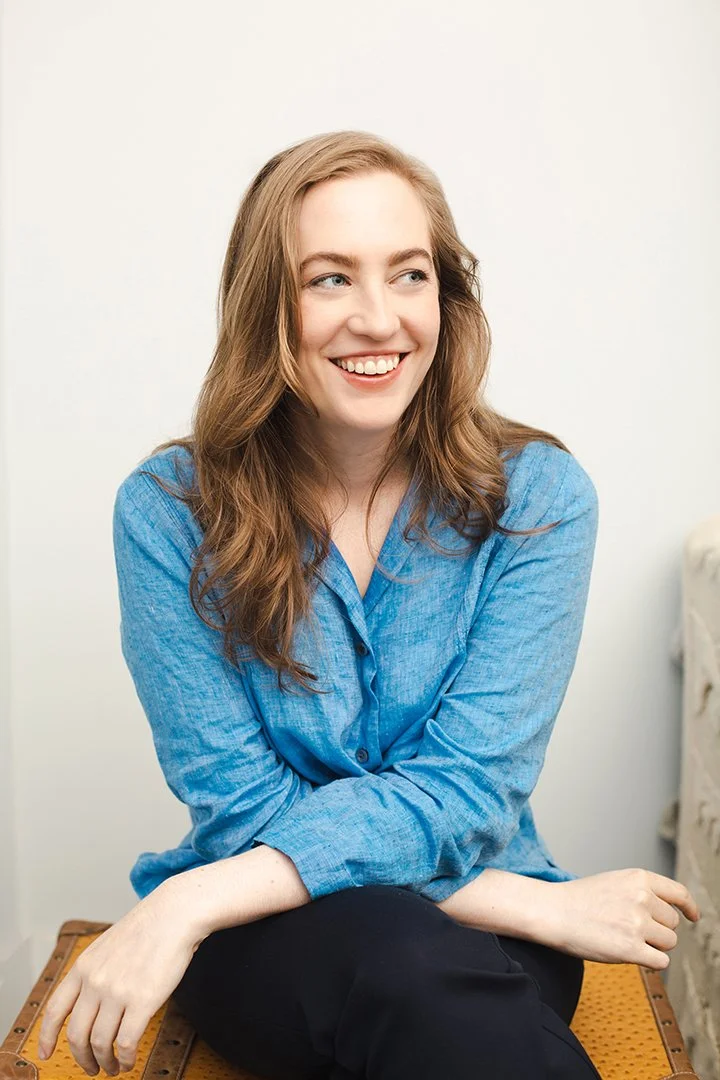I grew up working in the 1830s country village where our historical romance is set today.
It was called a “living history museum,” which meant I dressed up in period clothing and pretended not to notice any planes that flew overhead. Think Colonial Williamsburg, but 1830s Indiana.
Most of the time on the grounds, I was the kitchen maid—my name was Abigail. I got very good at churning butter (pro tip: avoid working at high noon, or else the butter will just melt back into hot buttermilk froth). I gardened. I tended to the hogs. I used corn cob bristles and lye soap to scour dishes clean.
Basically, if the zombie apocalypse happened, you better believe I was set.
Of course, the zombie apocalypse did NOT happen. Only college, and then a career that swapped muddy petticoats for pings on Outlook.
And, as regency romance took over our Netflix screens (incidentally, during an apocalypse of an entirely different making), I remembered my time in America’s own regency era.
In our 1830s country village, there was a blacksmith. A widowed innkeeper. A school teacher. A wealthy girl who visited family in between semesters at her finishing school.
All of these characters would have attended dances. Sipped cups of tea in crowded parlors. Gossiped and courted and laughed. Fallen in love, with stories unfolding very much like Cranford or anything BBC or PBS Masterpiece Classics had to offer.
Except, it would all be taking place in a small American village. Not across the pond. And with nary a Duke in sight.
Didn’t America—and the scrappy, funny village I named Winsfield—deserve a regency romance of its own?

